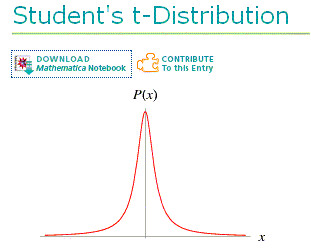Honestly, I personally think the test is crappy..
Hey DD, check this out. I had a sudden idea to go search around for example tests.
Obviously, these aren't exactly the New Haven CT promotional exams. However I would not be too surprised if they are in some ways similar in questions covered there.
The site is probably made to earn some cash along with help train people free, it states that it is based off Battalion Chief Paul Lepore who has 20 years of experience. This is what the site says about him:
www.aspiringfirefighters.com said:
Paul Lepore is a Battalion Chief with the City of Long Beach, California Fire Department. He entered the fire service as a civilian Paramedic for the Los Angeles City Fire Department in 1985. After completing his education at the Los Angeles County Paramedic Training Institute, Lepore worked in the high impact area of South Central, Los Angeles. Lepore was hired by the Long Beach Fire Department in 1986 and completed their 12-week academy. He spent the next two years working as a firefighter until he was promoted to firefighter/ paramedic. Lepore was promoted to Fire Captain in 1998 and is currently a Battalion Chief.
So with that in mind, he probably has tests based on western USA - California if there's much difference between CA and other states for promotional exams.
Become a Fireman, Firefighter Exam Training Book Written by a Battalion Chief
You can find the promotional exams on the side that says "Promotional Exams", then a link down there that says Free Promotional Downloads right before the customer satisfaction posts. It's really interesting, have a look around. I wonder what in these tests make it just so hard to understand?
Here's some interesting examples in em:
Oral Interview:
Fire Extinguishers
You are a Captain of an Engine company. Your assignment is to teach the new firefighter how to use a fire extinguisher. You have been provided with a fire extinguisher.
You have 15 minutes to prepare a 5 minute presentation on how to properly use the guidebook.
Tactical Management - Hazardous Materials Algorithm
1. Establish Command
2. Safe Approach and Position
3. Establish Staging
4.Establish Security Perimeter
5.Establish Hazard Zones
6.Rescue and Protective Actions
Staging Areas 3 min from scene
LEVEL I: Initial Arriving Units
LEVEL II: Base
Public Protection Actions - For Incoming Resources “Protecting in Place” or “Evacuation”
Tactical Development
Engine 1 reports that their supply line from the hydrant has been run over by a
vehicle.
Supply line run over:
• Notify anyone who is on a hoseline that is being pumped by Engine 1
• Have another engine lay a line to E1
• Engineer hand jacks a supply line to hydrant with help
• Request PD for street closure
The school to the North states they have smoke on the playground.
Smoke on playground:
• Direct dispatch to tell the school there is a structure fire in the area and to shelter
the children in the classroom.
• No immediate danger.
• Send a PD unit to the school for P.R.
Assessment Centers:
You are a captain of an engine company who has been dispatched to a structure with
numerous calls and a report of people trapped. It’s in your first due. As your engineer
pulls out of the station he strikes a car. What would you do and why?
Here is a checklist of what the evaluators expect:
• I would immediately notify dispatch that we have been involved in a traffic
accident and have them replace us with another engine. I would ensure that the
Battalion Chief knew we were no longer responding (this is particularly true if
your department dispatches on one channel and has a separate tactical frequency).
• I would check the condition of my firefighters and the condition of the people in
the other vehicle.
• I would request PD for traffic control and fire and EMS units for the injured.
• I would ensure my uninjured firefighters or I were treating any victims.
• I would have my firefighters place out road cones or flares to prevent a second
accident.
• After the injured were treated, I would remind my firefighters not to admit fault or
make statements to anyone.
• I would get names and contact information of any witnesses.
• I would make sure the appropriate vehicle accident and injury paperwork was
completed.
• I would make sure the fire chief and city attorney were notified.
• I would make sure that the families of any injured firefighters were notified.
• If necessary, I would facilitate critical incident stress debriefing
• I would log it in the station logbook.
It's worth a read, for interesting general firefighting questions. Now if we can find the exact exam we are golden.








